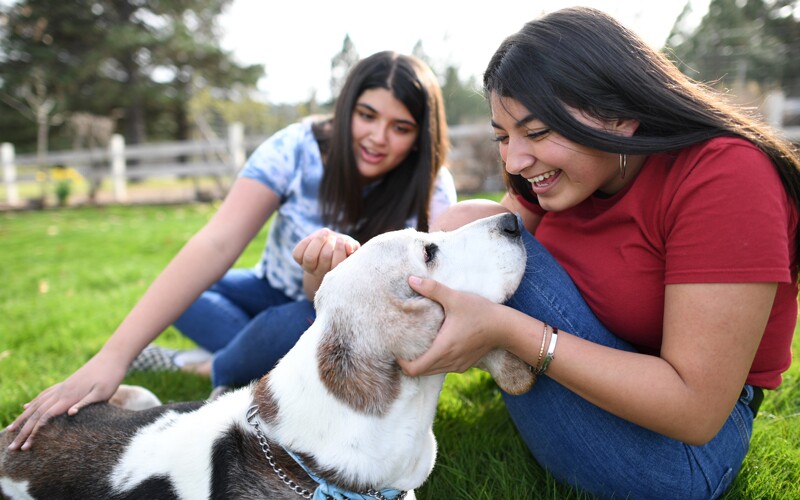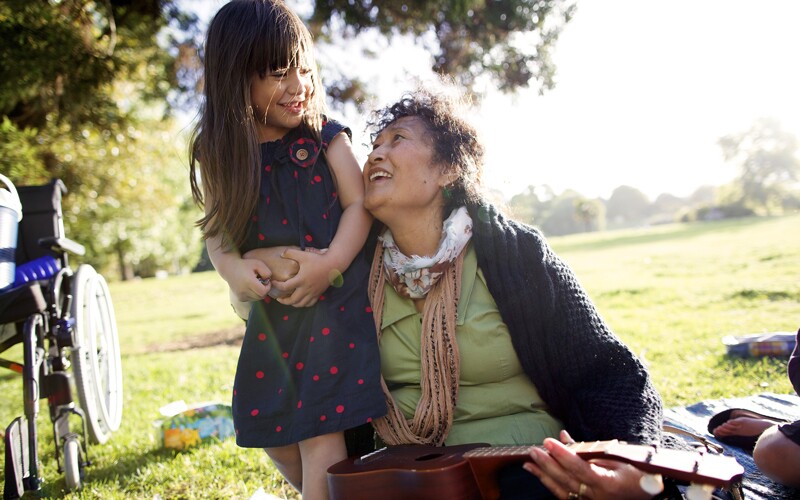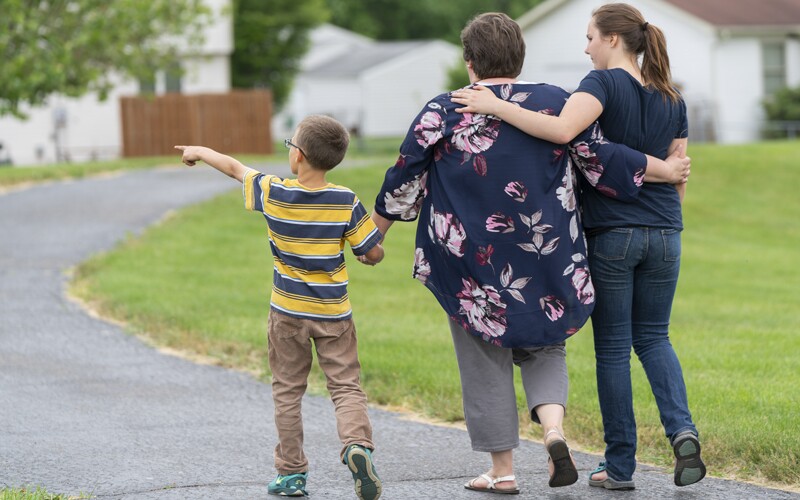Setbacks are not unique to life. What is unique is how well we are able to bounce back from those setbacks. This ability to bounce back—our ability to overcome and grow from life’s challenges—is known as resiliency.
The Road to Resilience: A Researched Guide
When experiencing tragedy or going through challenges, you might feel too overwhelmed to even think about building resilience. Thankfully, resilience doesn’t need to happen all at once—it can start small.
Below are three simple, science-backed approaches to get you started on building resilience.
1. Start Where You Are
Start building resilience by asking, “What is the story I am telling myself?” Understanding how you perceive a setback is the first step to knowing how to move forward from it.

What Science Says
According to an article in The New York Times, the story we tell ourselves—especially the one we tell about our families—impacts our ability to be resilient. Researchers categorized these stories into three kinds of narratives. Below is a description and example of each narrative.
- Ascending Narratives: Bottom-Top stories of “We had nothing, but we worked hard, and now we’re on top.”
- Descending Narratives: Top-Bottom stories of “We used to be on top, but we lost everything. Now we’re here.”
- Oscillating Narratives: Balanced stories of “I worked hard and got a great job, but then I was laid off. I was depressed at first, but then I saw it as an opportunity to rethink my career path. Then I got a new job that I loved even more.”
The articles states that the oscillating narrative was found to be the most healthy—and most nuanced—of the narratives.
What Can You Do?
Write or record your story! This story can be as expansive as your family story over several generations, or it could be the story of a current challenge or setback. Try to identify which of the three narratives you are telling yourself.
The Record My Story activity will prompt you with questions you can answer and provide a safe place to keep your story.
2. Reframe the Story

Now that you know where you are—what story you have been telling yourself—it’s time to put your challenges into perspective. Ask yourself, “What is the real story?”
What Science Says
The science—as highlighted by this research article—supports two key ways that reframing your story can improve resilience and overall well-being.
- Create a balanced narrative: People whose stories included the “sharing of positive moments alongside the ability to bounce back from difficult ones,” showed improved self-esteem and enhanced feelings of control and “mastery over life.” In other words, people who reframed their stories to include the good and the bad were more resilient.

- Look at the Big Picture: Those who reframed their stories to include their family story experienced an “expanded sense of self” connected to family across generations. This connection contributes to resilience “at all stages of life.”
What Can You Do?
Start reframing your story to be more balanced, and include the stories of those who came before you. Talk to your family about their stories (we’ll talk about this process more in the next section), and learn more about your heritage.
If you don’t know your heritage, try searching your surname, which can give you clues about where you came from.
3. Connect to Others through Your Story
Research shows that your social support systems help build resilience. The science also shows that connecting to your family through listening to their stories and sharing your own stories is a significant way to build resilience.
What Science Says

A study at Emory University asked children and adolescents 20 basic questions about their family background, such as where their parents went to high school or where their grandparents were from.
The researchers found that the more the participants understood about their families, the easier it was for them to feel self-confidence and to experience a healthy level of control over their lives. Knowing their family stories helped children and teenagers develop a sense of identity as part of something much bigger.
What Can You Do?

Connect to your larger family story by asking your relatives about their lives! You can use the questions from the Emory study or use our #52Stories template as a guide.
Be sure to share these stories, whether it be on social media or in person. By sharing the stories, you help build resilience in others, especially those in your family. To preserve these stories for future generations, consider storing them in FamilySearch Memories.
Start Building Your Resiliency
Building resilience is a key to growing and healing from life’s inevitable failures, tragedies, and setbacks. Resiliency is understanding your story. It is understanding that you can add another chapter. Start discovering your story today.
Related Articles
At FamilySearch, we care about connecting you with your family, and we provide fun discovery experiences and family history services for free. Why? Because we cherish families and believe that connecting generations can improve our lives now and forever. We are a nonprofit organization sponsored by The Church of Jesus Christ of Latter-day Saints. To learn more about our beliefs, click here.





